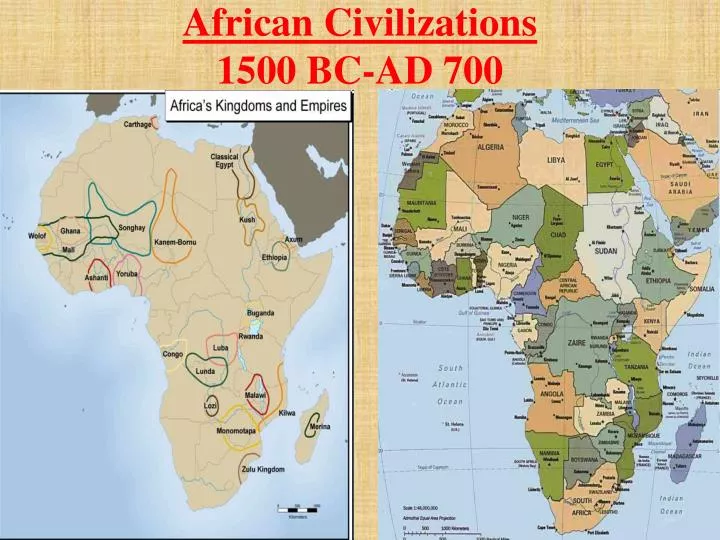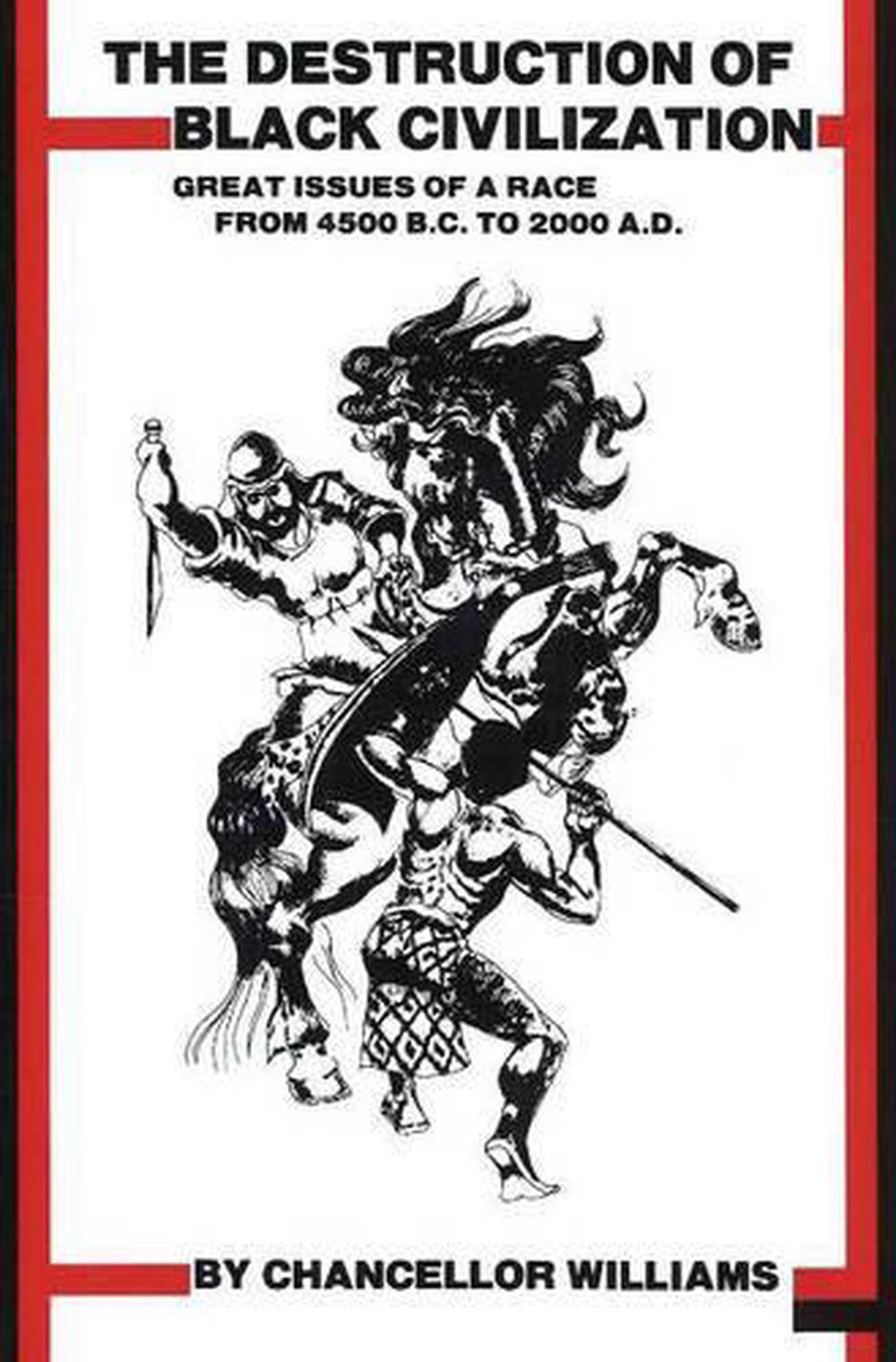


Project leaders during the first two-year period understand if Africa is to be successful in building a strong middle-class society a number of events must first take place. This novel covers the first two years of the pope's African project. This project is estimated to take twelve to fifteen years to complete. Deciding to lead by example, the pope takes the provocative step of selling the Vatican treasures, to fund a long-term project to build a strong African middle-class society. Seizing the opportunity, the new pope uses Ex-Cathedra (papal infallibility) to declare poverty an immoral human condition. The novel opens with Vatican intrigue between liberal and conservative Cardinals leading to the unlikely selection of an Indonesian Pope.

In The Rebirth of Latin American Christianity, Todd Hartch examines the changes that have swept across Latin America in the last fifty years, and situates them in the context of the growth of Christianity in the global South. New challenges from modernity, especially in the form of Protestantism and Marxism, ultimately brought forth new life. It has been rather a simultaneous revitalization and fragmentation that threatened, awakened, and ultimately brought to a greater maturity a dormant and parochial Christianity. Religious change has not been obvious because its transformation has not been the sudden and massive growth of a new religion, as in Africa and Asia. In fact, it would be fair to say that Latin American Christianity has been transformed definitively in the years since the Second Vatican Council. Predominantly Catholic for centuries, Latin America is still largely Catholic today, but the religious continuity in the region masks great changes that have taken place in the past five decades.


 0 kommentar(er)
0 kommentar(er)
